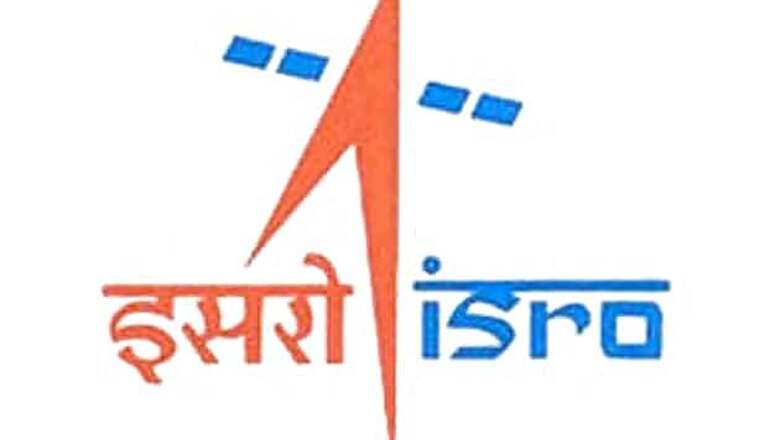
views
Chennai: The Indian space agency will February 25 put into orbit seven foreign satellites including an Indo-French collaborative satellite SARAL and thus earn much wanted revenue.
"The launch of the Polar Satellite Launch Vehicle-C20 (PSLV-C20) is currently fixed for February 25 evening," sources in the Indian Space Research Organisation (ISRO) said.
"The rocket will blast off from the Sriharikota rocket launch centre (around 80 km from here) carrying seven satellites, totally weighing around 700 kg," a source in ISRO said.
According to ISRO, the rocket is expected to escape the earth's gravitational force at around 6 pm and inject the satellites in sun synchronous orbit (SSO) at around 785 km.
Officials said that assembly of satellites began on Thursday afternoon and is expected to be completed by Friday night.
After mating the satellites with the rocket, a full system check - rocket and satellites - will be carried out before fixing the heat shield, the protective gear that safeguards the satellites against damages when the rocket crosses the atmosphere.
The launch window will be open on February 22-25. During the 59 hour countdown, the systems will be checked and the rocket will be fueled.
Speaking about SARAL (Satellite for ARGOS and ALTIKA), Indian officials said the French gave the two payloads - ARGOS and ALTIKA) while ISRO provided satellite bus (satellite frame) and built the satellite.
"The data generated by SARAL will be shared by France and India whereas the other five satellites would be launched on commercial basis," an ISRO official said.
The SARAL will carry an Altimeter (ALTIKA) for studying the sea surface heights and ARGOS payload, which is a satellite based data collection platform.
Interestingly, PSLV-C20 will sling into orbit two Canadian satellite NEOSSat (Near Earth Object Space Surveillance Satellite), the world's first space telescope designed by Canadian Space Agency (CSA) and Sapphire satellite built by MacDonald, Dettwiler and Associates (MDA).
According to CSA, the satellite NEOSSat will detect and track asteroids and satellites circling the globe every 100 minutes and scanning space near the Sun to pin point otherwise almost invisible asteroids.
The satellite will also be useful in tracking resident space objects including space debris.
On the other hand Sapphire will look for resident space objects that includes functioning satellites and space debris circling between 6,000 km and 40,000 km above the earth.
The other four satellites to be carried by PSLV-C20 are BRITE and UniBRITE (both Austria), STRAND (Britain) and AAUSAT (Denmark).


















Comments
0 comment